It would be hard to find a Minnesotan who isn't happy with the state of the weather this month - August has been pretty amazing, all things considered. No heat waves, few severe storms, lower humidity levels overall. We're due for some rain and it should arrive from the south later today; showers lingering into part of Friday. Saturday looks good with some sun, before the next southbound cool front arrives with a few strong to severe storms Sunday afternoon and night. Labor Day starts out wet, but some drying is possible by afternoon.
Forecast Challenge
During
a presentation of weather and climate trends at General Mills Tuesday a
question came up. "Paul, with more volatility in the system has that
made weather forecasting more difficult?"
Short answer: yes.
Weather
has always been erratic, severe and generally unpredictable, but I've
noticed distinct changes in Minnesota's weather patterns since the late
90s. More rainfall extremes, higher dew points in the summer, wetter
springs and milder autumns, on average. And the normal rhythm of fronts
and storms seems...off. Like a band playing slightly out of tune. Much
of the year our weather seems to be moving in slow-motion.
Maybe I've just been standing too close to the Doppler.
A
wave of low pressure rippling north pushes showers and a few T-showers
into town later today & Friday. Skies dry out with some sun on
Saturday, which may be the best day of the 3-day holiday weekend.
T-storms flare up north Sunday; a few severe storms may rumble into the
metro late Sunday - some heavy rain spilling into Monday morning. Of
course. It's a holiday. Keep your expectations low - you'll never be
disappointed.
A cooler, drier front Tuesday gives way to a slow warming trend next week.
Wet Stain For Upper Midwest; Tracking Cristobal and Marie.
It sounds like a new comedy series on FOX, but Cristobal is veering out
to sea (pushing larger breakers and rip tides all up and down the
eastern seaboard), and Marie is weakening over colder water, but capable
of large swells along the California coast. Meanwhile the next surge of
southern moisture and warmth sparks locally heavy rain from Nebraska
into Iowa, southern Minnesota and Wisconsin. 4 KM NAM accumulated
precipitation: NOAA and HAMweather.
Sunday Severe Risk?
SPC is already tracking an enhanced threat of severe storms Sunday over
central and southern Minnesota. Here in the metro storms may not arrive
until late afternoon or evening, but you'll want to stay alert for
possible warnings close to home.
Hurricane Katrina Then and Now: Lifting The Fog of Memory. Photographs can be powerful tools, and this photo essay at
National Geographic
brings that fact home, showing the immediate aftermath of Katrina, and
those same locations today. It's hard to believe it's the same city.
Here's an excerpt: "...
According to the National Hurricane Center,
Hurricane Katrina was the deadliest storm since 1928 responsible for
1,200 deaths. It was the costliest U.S. hurricane on record with $75
billion in damages to the Gulf Coast. This is a storm worth remembering..."
Photo credit: Eliot Kamenitz/The Times-Picayune.
Groundwater Depletion is Destabilizing the San Andreas Fault and Increasing Earthquake Risk.
If fracking, injecting chemically-laden water deep underground, may be a
factor in sparking small earthquakes maybe it's not much of a stretch
that depleting underground aquifers is impacting stress on earthquake
faults. Here's an excerpt of a story at
San Francisco Public Press that caught my eye: "
Depletion
of groundwater in the San Joaquin Valley is having wide-ranging effects
not just on the agricultural industry and the environment, but also on
the very earth beneath our feet. Massive changes in groundwater levels
in the southern Central Valley are changing the stresses on the San
Andreas Fault, according to research published today..."
Photo credit above: "
In
a newly published scientific paper, researchers attributed modest
uplift in areas of the Sierra Nevada and Coast Ranges across central
California to human-caused groundwater depletion in the adjacent San
Joaquin Valley. GPS stations such as this one, P311 in the eastern
Sierra Nevada, are administered by the EarthScope Plate Boundary
Observatory." Photo courtesy of UNAVCO.
Depletion
of groundwater in the San Joaquin Valley is having wide-ranging effects
not just on the agricultural industry and the environment, but also on
the very earth beneath our feet. Massive changes in groundwater levels
in the southern Central Valley are changing the stresses on the San
Andreas Fault, according to research published today.
Researchers
have known for some time that human activity can be linked to localized
seismic effects. In particular, much of the debate about fracking in
California in the past few years has centered on evidence that the
process of injecting large volumes of liquid underground can lubricate
fault lines and increase local earthquake risk.
- See more at:
http://sfpublicpress.org/news/2014-05/groundwater-depletion-is-destabilizing-the-san-andreas-fault-and-increasing-earthquake-risk#sthash.S1I1Q4xa.dpuf
Visualize It: Old Weather Data Feeds New Climate Models.
How do you get old, relatively crude, hand-drawn weather maps into the
climate models? Crowd-sourcing. Here's an excerpt of a fascinating story
at
Climate Central: "
In the 1930s, there were no computers to run climate models or record weather observations. Instead, weather reports were written or typed on typewriters and forecast maps were drawn by hand. Those observations from the past contain valuable data
that can help scientists better understand what the climate may look
like in the future. But gathering that data and making it usable is a
tall task involving scanning millions of sheets of paper and
transcribing them into formats that scientists can use..."
Choking The Oceans With Plastic. Here's an excerpt of a Charles Moore Op-Ed at
The New York Times: "
...Plastics
are now one of the most common pollutants of ocean waters worldwide.
Pushed by winds, tides and currents, plastic particles form with other
debris into large swirling glutinous accumulation zones, known to
oceanographers as gyres, which comprise as much as 40 percent of the
planet’s ocean surface — roughly 25 percent of the entire earth. No
scientist, environmentalist, entrepreneur, national or international
government agency has yet been able to establish a comprehensive way of
recycling the plastic trash that covers our land and inevitably blows
and washes down to the sea..."
File photo credit: Marine debris washing up onto the coast of Hawaii courtesy of
Wikipedia.
Brazil Coffee Output Set For Longest Decline Since 1965. The world may go down the tubes, but please don't take away my coffee. Here's an excerpt from
Bloomberg: "...
Production
in Brazil, the world’s top grower, may drop as much as 18 percent to
40.1 million bags when the harvest ends next month, the National Coffee
Council estimates, after a 3.1 percent slide last year. With damage
worsening before the start of spring in the Southern Hemisphere, the
council said farmers may collect less than 40 million bags in 2015,
creating the longest slump in five decades..."
A Gut Microbe That Stops Food Allergies. Science Magazine has an interesting article; here's an excerpt: "...
Food
allergies have increased about 50% in children since 1997. There are
various theories explaining why. One is that the 21st century lifestyle,
which includes a diet very different from our ancestors’, lots of
antibiotic use, and even a rise in cesarean section deliveries, has
profoundly changed the makeup of microbes in the gut of many people in
developed countries...."
Image credit above: Kenya Honda, Science/AAAS (21 January 2011). "A new study finds that members of a common class of gut bacteria, Clostridia, can counter sensitivity to peanuts."
Robot Bartenders Serve Your Drinks on the Cruise Ship of the Future. Because no cruise would be complete without robots. Here's a clip from
Gizmag: "
Cruise
ships can be pretty palatial places. Now, Royal Caribbean has unveiled
some of the technologies that will make its newest ship even more
luxurious. The Quantum of the Seas will feature high-speed internet,
RFID navigation for guests, and robot bartenders..."
TODAY: Rain develops. Cool and damp. Winds: SE 10. High: 68
THURSDAY NIGHT: More showers, possible thunder. Low: 61
FRIDAY: Lingering showers. Partly soggy. Skies dry out late. High: 74
SATURDAY: Best day? Patchy fog, then intervals of sun. Dew point: 62. Wake-up: 62. High: 79
SUNDAY: Sticky sun, severe T-storms late? Dew point: 67. Wake-up: 63. High: 81
LABOR DAY: Stormy start. Showers taper. Wake-up: 68. High: 76
TUESDAY: Some sun, PM shower risk. Wake-up: 57. High: 75
WEDNESDAY: Plenty of sun, milder. Wake-up: 55. High: near 80
Climate Stories...
Ken Burns: Glaciers National Park in Trouble.
We've gone from nearly 150 glaciers at Glacier National Park in the
mid-1800s to fewer than 30 today. Here's an excerpt of an interview iwth
Ken Burns by
USA TODAY: "...
If
you're interested in seeing the namesake glaciers of Glacier National
Park, Ken Burns has a piece of advice: hurry. "The great sadness of
Glacier National Park is that it's probably going to be true that fairly
soon, we're going to call it 'The National Park Formerly Known as
Glacier'," Burns says. With current global warming trends, the United
States Geological Survey warns that Glacier National Park's glaciers
could disappear within the next several decades..."
Photo credit above: "
Going-to-the-Sun Road is Glacier's most scenic drive, providing views of flowering valleys and mountain peaks." (Photo: David Restivo, NPS).
Russia Is Feeling The Heat.
Will warming be a good thing for Russia? So far the jury is out, but
warming is coming with some unpleasant symptoms, as reported by
Quartz; here's an excerpt: "
When
Vladimir Putin declined to support the Kyoto Protocol, a treaty to
limit carbon emissions, he famously quipped that higher temperatures
might actually benefit Russia since its people would have to spend less on fur coats.
Well, he’s getting his wish. Changes in wind and ocean currents caused
by global warming shift heat around unevenly, causing some areas to heat
up dramatically even as other regions cool. Russia, it turns out, is in
the unusually hot category..."
Graphic credit above: "Trends in Russia’s average temperatures." Russian Hydrometeorological Service.
If You Have Allergies Talk To Your Doctor About Cap and Trade. Here's a clip from a story at
The Atlantic: "...
For
one, when there is more carbon dioxide in the environment, plants
produce more pollen, which is no good for allergies and asthma. Rutgers
allergist Leonard Bielory recently warned that pollen counts are projected to double by 2040. Likewise, U.S. foresters recently calculated that trees
seem to be averting around $6.8 billion in human health costs annually,
largely due to mitigating effects of air pollution (even if they do
produce pollen). And already the World Health Organization is warning that
air pollution is responsible for one out of every eight human deaths,
largely because combustion of fossil fuels results in invisible airborne
particles that get lodged in our lungs and suspended in our blood..."
Image credit: AP/Shutterstock/The Atlantic.
Why Investors' Fossil Fuel Addiction is Hard to Kick. This may come as a shock, but it's all about the money. Here's an excerpt from
National Journal: "...
A new report explains
why getting big money out of fossil fuels, especially big oil, is a
tall order, even if a growing number of universities, cities, and
churches have agreed to shift their investments in recent years. "Fossil
fuels are investor favourites for a reason. Few sectors offer the
scale, liquidity, growth, and yield of these century-old businesses
vital to today's economy," states the report from Bloomberg New Energy
Finance, a London-based research and analysis company..."
Photo credit above: "
Oil and natural-gas companies are very attractive for investors."
(Repsol).
Ocean Acidification Could Cause Many Species To Go Extinct. Here's a clip from an article at the
San Diego Free Press: "...I
f
business continues as usual, the surface ocean pH will drop to 8.0 by
2050 and to 7.8 by century’s end. At that point the oceans will be 150%
more acidic than they were at the start of the industrial revolution.
Marine biologists like Jason Hall-Spencer have warned about the
catastrophic consequences to marine life if the oceans’ pH reaches 7.8.
According to him this represents a tipping point at which the ocean’s
ecosystems start to crash. The ones most at risk are the calcifiers. The
term calcifier refers to an organism that builds a shell or external
skeleton or, in the case of a plant, an internal scaffolding out of the
mineral calcium carbonate. Some examples of calcifiers are starfish, sea
urchins, clams, oysters and barnicles..."
Irreversible Damage Seen From Climate Change in UN Leak. Bloomberg obtained a leak draft of the next IPCC report; here's an excerpt of their reporting: "...
Possible
permanent changes include the melting of the ice sheet covering
Greenland. That would boost sea levels by as much as 7 meters (23 feet)
and threaten coastal cities from Miami to Bangkok along with island
nations such as the Maldives, Kiribati and Tuvalu. The scientists said
they have “medium confidence” that warming of less than 4 degrees
Celsius would be enough to trigger such a melt, which would take at
least a millennium. Other impacts the report flags include reduced food security
such as crops such as production of wheat, rice and maize in the
tropics are damaged, the melting of Arctic sea ice, and the
acidification of the oceans..." (Image: NASA).
Greenhouse Gas Emissions are Growing, and Growing More Dangerous, Draft of U.N. Report Says. Here's a snippet of a Justin Gillis article at
The New York Times: "
Runaway
growth in the emission of greenhouse gases is swamping all political
efforts to deal with the problem, raising the risk of “severe, pervasive
and irreversible impacts” over the coming decades, according to a draft
of a major new United Nations report. Global warming is already cutting
grain production by several percentage points, the report found, and
that could grow much worse if emissions continue unchecked.
Higher
seas, devastating heat waves, torrential rain and other climate
extremes are also being felt around the world as a result of human
emissions, the draft report said, and those problems are likely to
intensify unless the gases are brought under control....."
A Climate For Change: America Should Not Wait While The World Warms. Here's an excerpt of an Op-Ed at
The Washington Post: "...
Between $66 billion and $106 billion worth of U.S. property will likely be below sea level by mid-century.
The federal government will probably have to spend billions more in
disaster relief. Waiting to deal with carbon emissions until the effects
are clearer or technology improves is not a wise strategy. The
emissions humans put into the atmosphere now will affect the climate in
the middle of the century and onward. Technological change, meanwhile,
could make a future transition away from fossil fuels cheap — or it
might not, leaving the world with a terrible choice between sharply
reducing emissions at huge cost or suffering through the effects of
unabated warming."
Why The Washington Post is Running a Series Of Editorials on "The Existential Threat of Climate Change".
Media Matters reports; here's a clip: "..
Over
the long run it is an existential threat to the planet, I believe that,
so you don't get much bigger than that," Hiatt said about the decision
to run the week of editorials. "That doesn't mean that you can set aside
other really big problems that are facing us today, but over time ...
the longer we wait to do something about it, the greater the damage is
likely to be and the more disruptive the response will be." Monday's first editorial lamented the faltering national debate on this issue, while today's offering explained why the country can't afford to "wait while the world warms..."
Old School Farming Methods Could Save The Planet. Sometimes the old ways are still the best ways, especially when it comes to agriculture? Here's an excerpt of a story at PRI,
Public Radio International: "...
The
soil has been playing a mighty role in our climate ever since we've
been a planet,” Ohlson says. It's full of carbon fuel that helps plants
and microorganisms thrive, but today's industrial farming methods rip up
the soil and release huge amounts of that carbon into the air. Ohlson argues
that returning to no-till farming practices, which leave the soil
undisturbed and carbon trapped underground, will help reverse climate
change and solve other pressing environmental issues at the same time. "Everything we want for our planet above the soil line depends on the activity of those microorganisms below," she says..."
Photo credit above: Tim McCabe/USDA Natural Resources Conservation Service. "
No-till planting is under way at an alfalfa field on a farm in Montgomery County, Iowa."
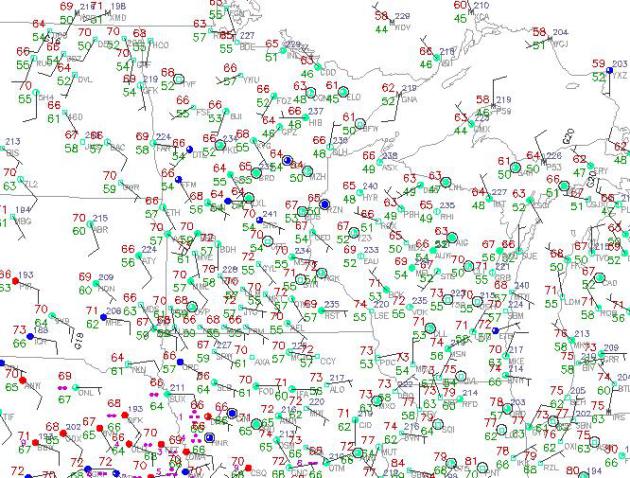
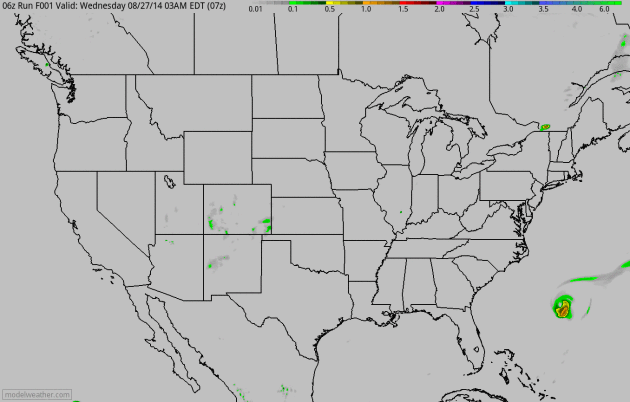
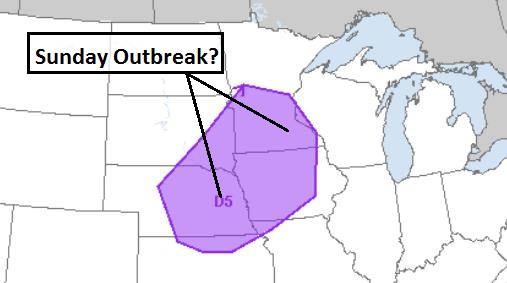
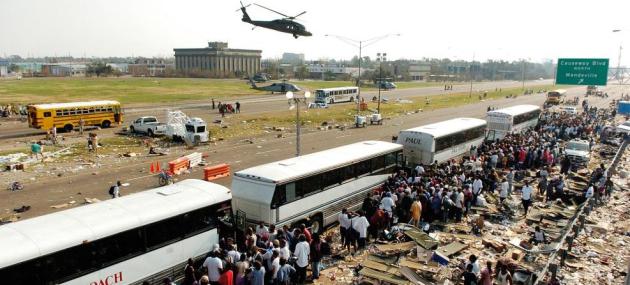
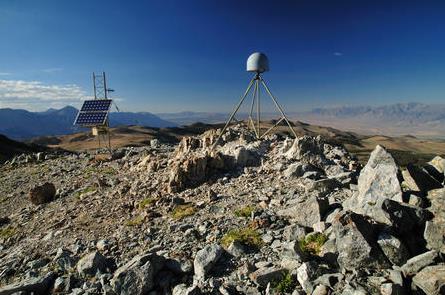
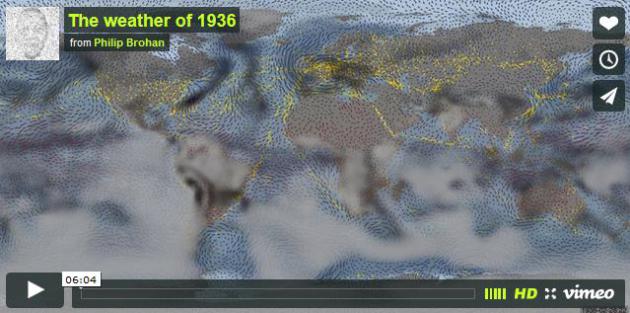
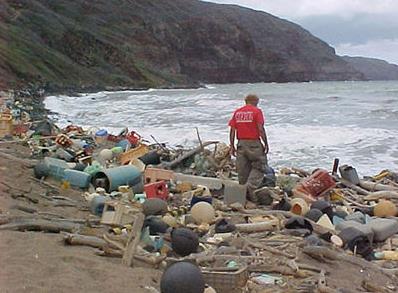

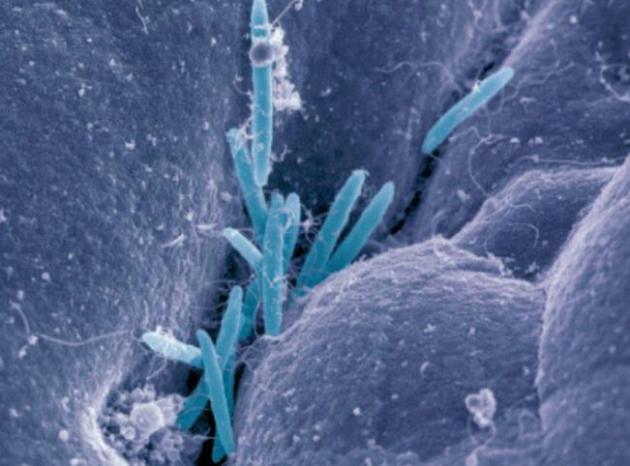
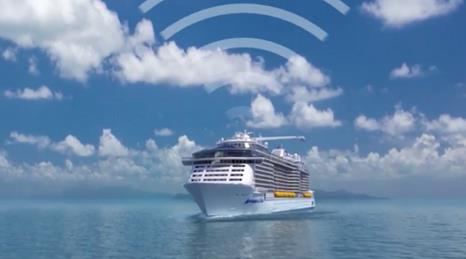
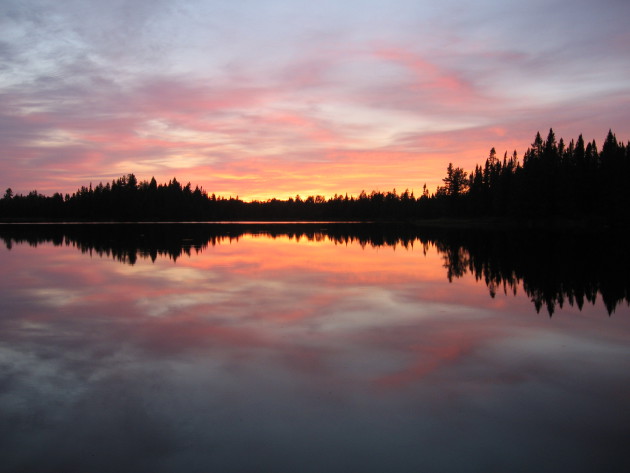
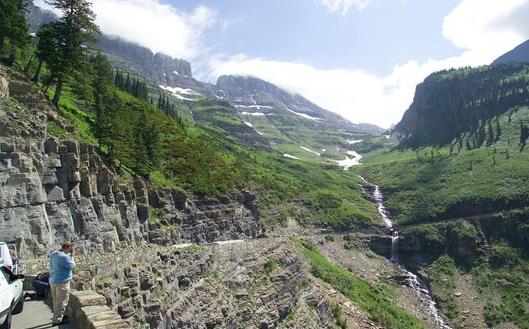
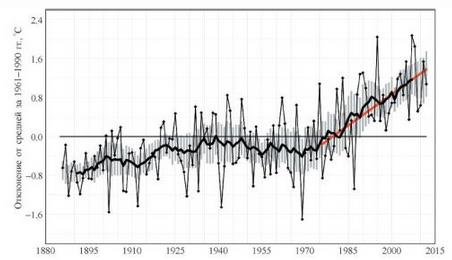
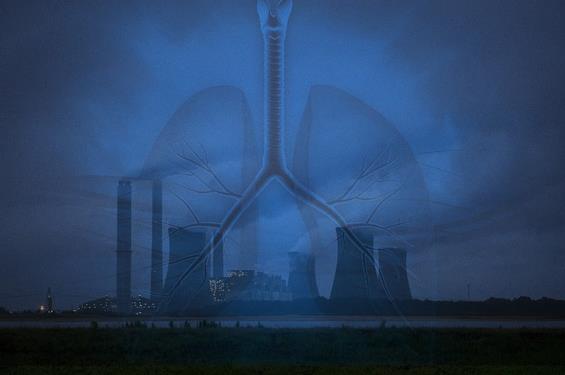
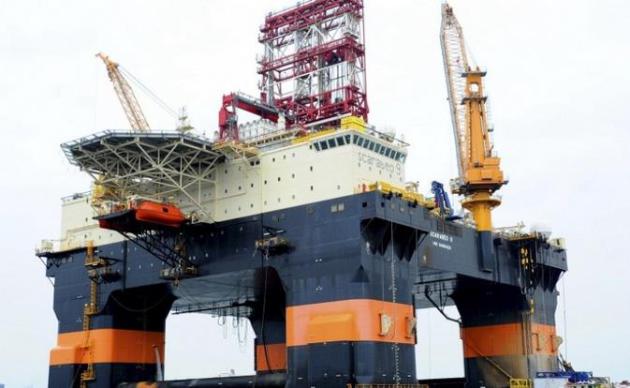

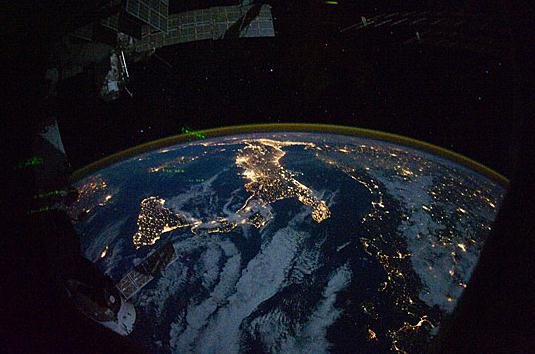
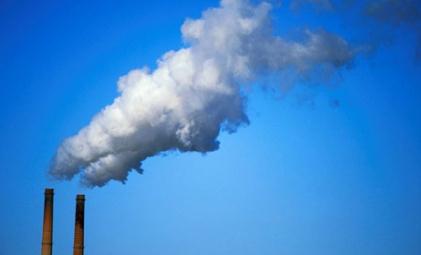
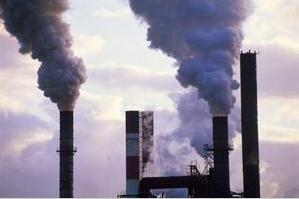

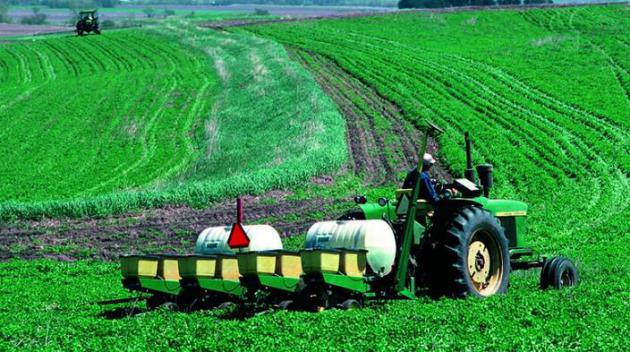
No comments:
Post a Comment